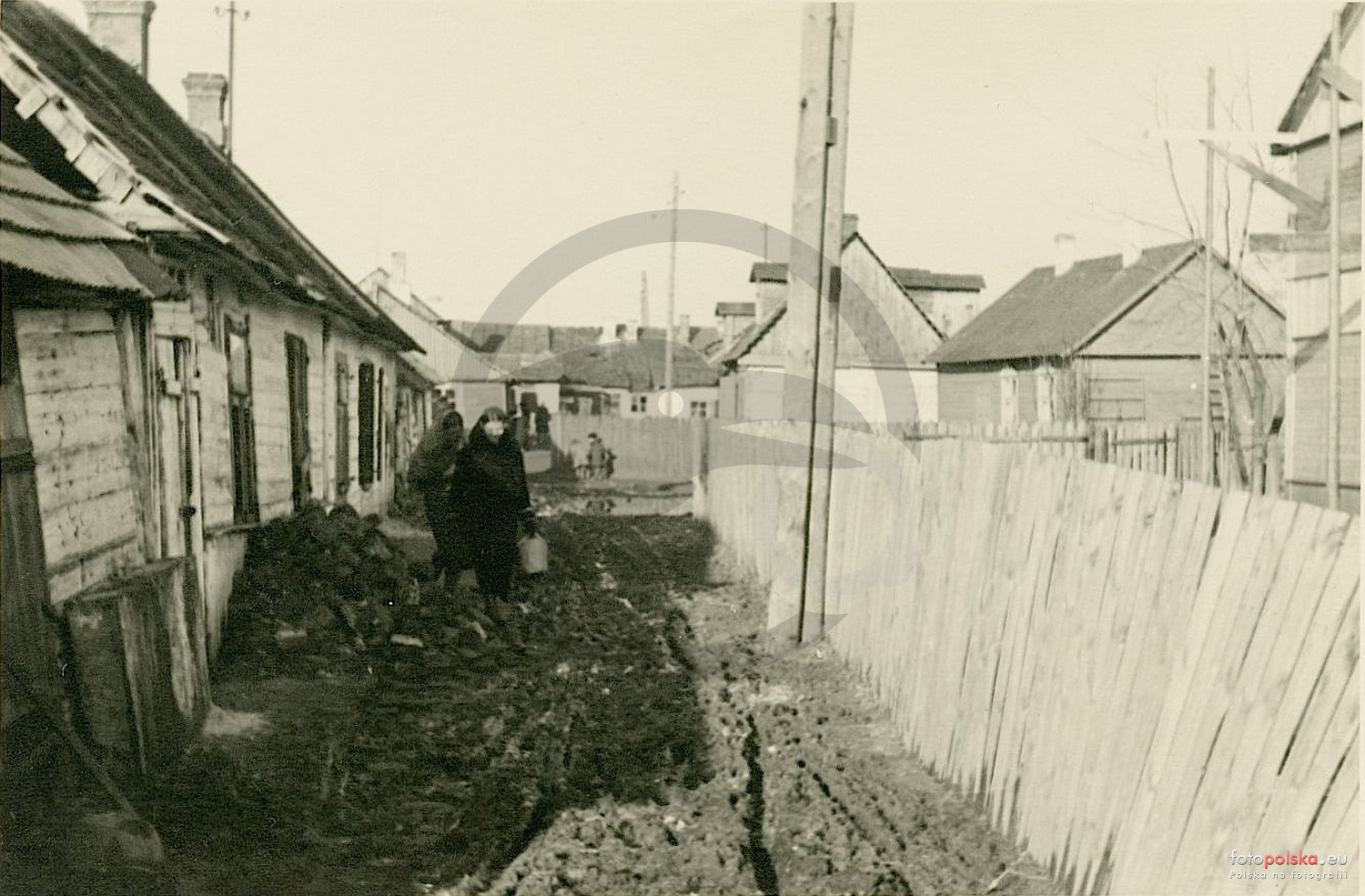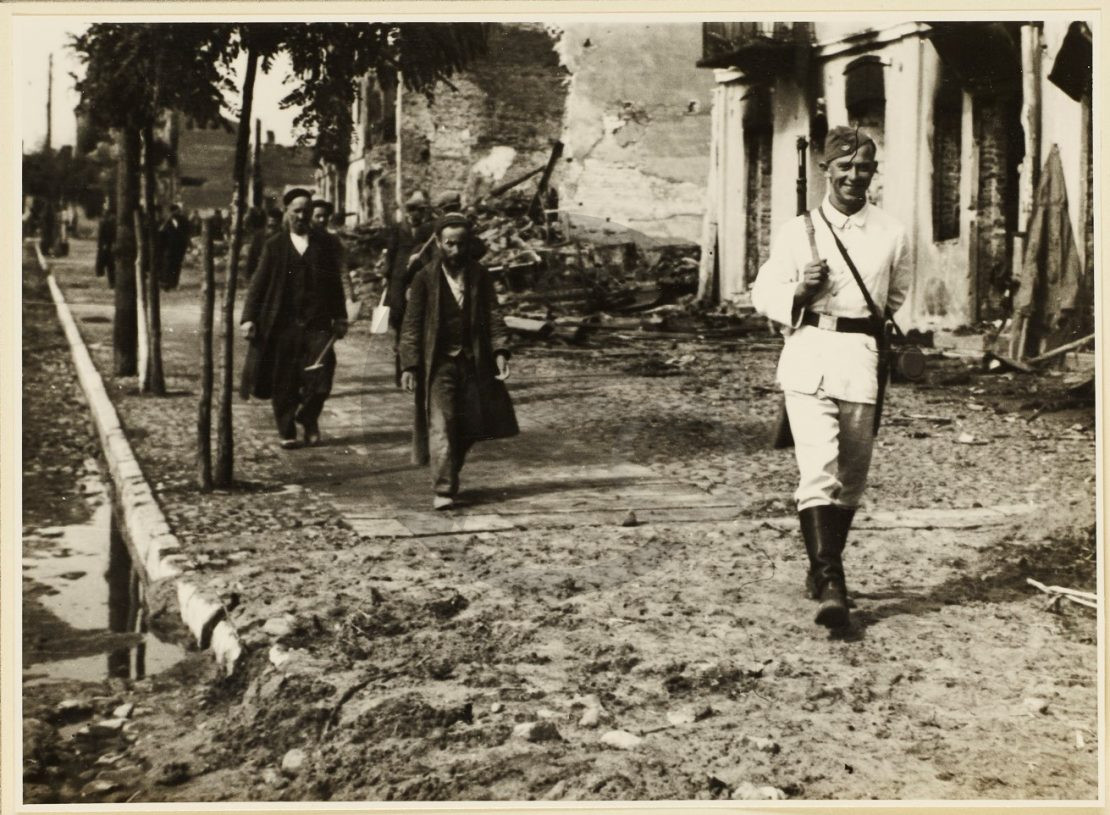Ghetto in Zwoleń

On day, when we mention 77th anniversary of The Warsaw Ghetto Uprising, we incite you to gain few informations about Jews quarter in Zwoleń also.
Ghetto in Zwoleń was established in 1941. At its culminant moment, there were ca. 10 000 of Jews among all of the region and neighborhood. It was located in the Southern part of Zwoleń, and was no fence or wall separates it from the rest parts of the city (so-called ‘open ghetto’). The only information about where Jews quarter begins and ends were sings with inscription in Polish and German JEWISH DISTRICT BORDERLINE, placed on the brinks of the area.

People gathered in ghetto were gradually taken to labor or concentration camps. That deportations were of course part of the plan of the Final solution to the Jewish question, but also the way to keep fear among Jews.
On 29th September 1942, at the time of Jewish Feast of Tabernacles – Sukkot, Nazis had begun the liquidation of Ghetto in Zwoleń. On that day, all the Jews, who were there, were forced to gather on the marketplace and go to the nearest train station in Garbatka, ca. 15 km far from Zwoleń. From the station they were taken to Treblinka concentration camp, where they died. Over few next days the rest of the people, who somehow weren’t transported to the camp, were executed by Nazis. Few of the survivors hid in the Polish houses.
The very last act of Nazis’ terror was destruction of tombstones and mass graves on the Jewish cemetery in Zwoleń in 1944.
The testimonies of the Jews of Zwoleń, who had survived the Holocaust, we can find in the “Zwoleń Memory Book”, edited by Berl Kagan, published in New York in 1982. Many details from the liquidation of Ghetto in Zwoleń we know thanks to the story of Moshe Flumenbaum, pre-war sewer, who was forced to clearing-up operation after 29th September 1942.
Sources:
C. Imański, “Dzieje Zwolenia”, Zwoleń 2013, s. 316-320.
B. Kagan, “Zwoleń Memorial Book”, New Jork 1982, https://digitalcollections.nypl.org/items/f4d08110-2329-0133-5941-58d385a7b928?fbclid=IwAR3tV0P4cjPFODl9-1cHwiDT3DUUHIMVoLBFecBoYb5h6SqzzdgvZzTyNxU#/?uuid=f4f87ee0-2329-0133-2833-58d385a7b928 [access: 17.04.2020] and in English: https://www.jewishgen.org/yizkor/Zwolen/Zwolen.html#TOC31 [access: 17.04.2020]
K. Urbański, “Zwoleń”, w: “Almanach gmin żydowskich województwa kieleckiego w latach 1918-1939”, Kielce 2007, s. 169-172.
“Zwoleń. Dzieje miasta i ziemi”, red. K. Myśliński, Lublin 1976, s. 263-264.
Z. Lesisz, “O Żydach zwoleńskich i nie tylko”, Zwoleń 1999, s. 153-159.